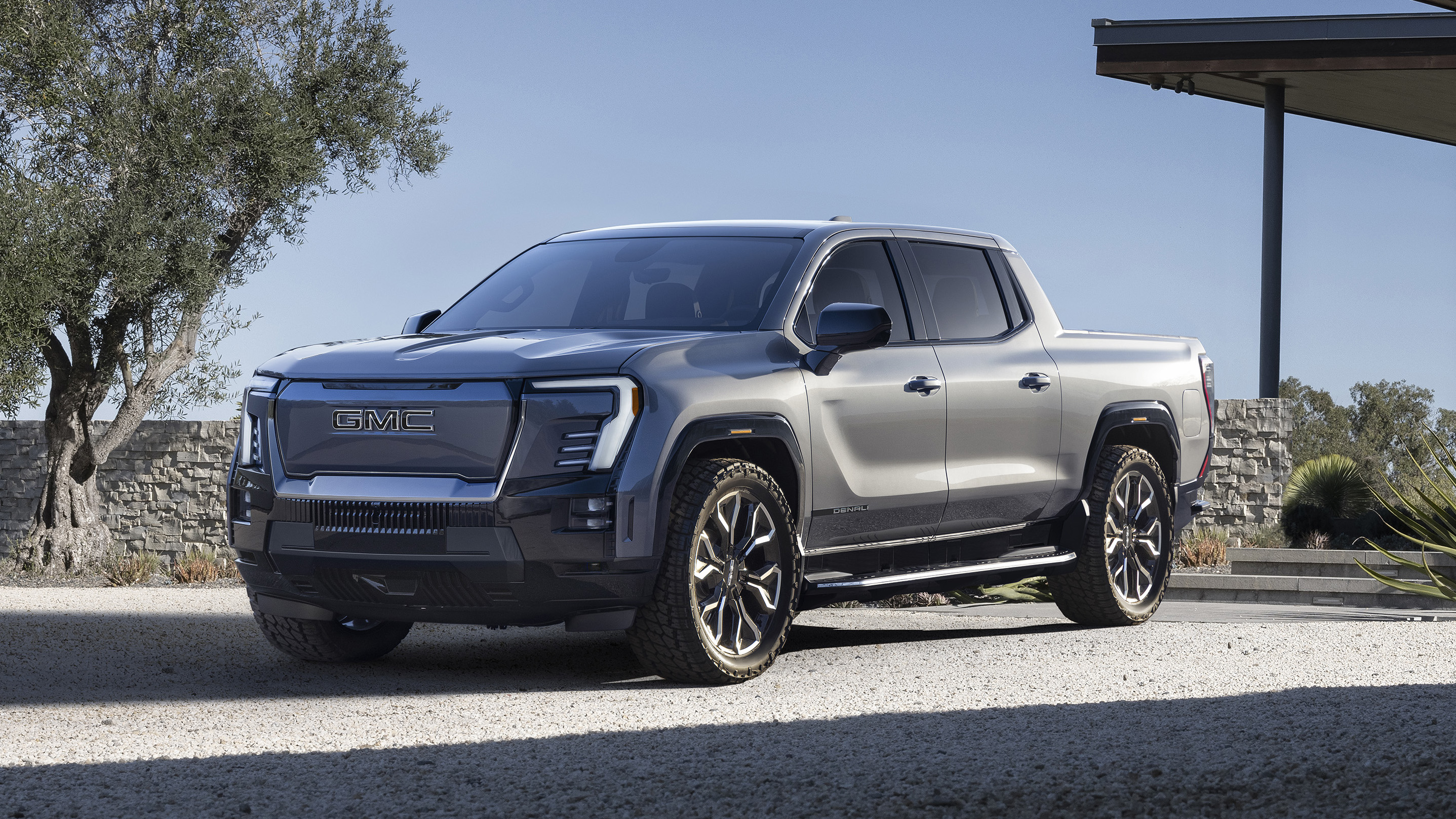This Wednesday, matters went wild when President Trump tweeted that GM’s Lordstown Plant might be bought by Workhorse, a maker of electric vans, even though the deal is in no way settled. Unfortunately, most folks don’t know much about Workhorse, and together, we appear to have killed their website while trying to find out more. So here’s a bit of a primer about the no longer exactly financially solid hopeful EV truck maker. Workhorse began in 1998, doing something other than EVs. The employer was founded to take over the manufacturing of GM’s popular P30 and P32 step-van chassis. You know the sort of vehicles these are—food vans and transport vehicles—useful, ubiquitous, and often simply part of the historical tapestry of present-day existence.

In 2005, Navistar, the corporation once referred to as International Harvester, sold Workhorse. In addition to the naked chassis they bought, they added a complete step van with a body known as the MetroStars. Around this time, Navistar released an electric-powered van called the eStar. However, it only shared managerial connections with Workhorse. By 2012, Navistar shut down Workhorse as a part of cost-reducing measures. All of that is designated in an archived page off of RVBusiness.Com. However, in the next 12 months, AMP Electric Vehicles agreed to shop for WorkhorsWorkhorse’sents, brand, emblem, and meeting plant to build alternative-gas transport automobiles on Workhorse chassis as reported with the aid of TruckingInfo on time. AMP Electric Vehicles had previously converted ICE motors to battery electric-powered cars, as Green Car Reports mentioned in a modern article, doing conversions consisting of an EV Jeep Grand Cherokee and an EV Chevrolet Equinox. So, with the acquisition of Workhorse, the corporation pivoted to awareness of generating EV trucks and transport vehicles.
The excellent-acknowledged car to pop out of this new Workhorse is its strive at a mass-marketplace electric-powered pickup truck, the W-15 pickup truck. Workhorse claims, “The Wor “horse W-15 is the first plug-in range prolonged electric pickup constructed from the ground up by using an OEM.” And ev” n as this can be real, I’m a little suspicious that it’s an it’srely particular vehicle. While the body panels of the W-15 are said to be fabricated from carbon fiber (probably switching to a less expensive composite for production), I see an awful lot of resemblance between the W-15 and the GMC Sierra 1500, specifically in the proportions, greenhouse, door sizes and shapes, window glass, A-, B- and C-pillars, and so on:
I’m justI’meculating here, but I have reached out to the experts at Munro for their opinion and could update if I get any input from them. Compared to EV trucks like the Rivian, the design and engineering of the W-15 feels pretty clunky and crude; the styling appears amateurish, and the specs aren’t incredible. The twin electric motors, which make approximately 450 horsepower, are impressive and give a perfect zero-60 time of five. Five seconds, but the long way extra critical variety, the variety, is a quite disappointing 80 miles.
